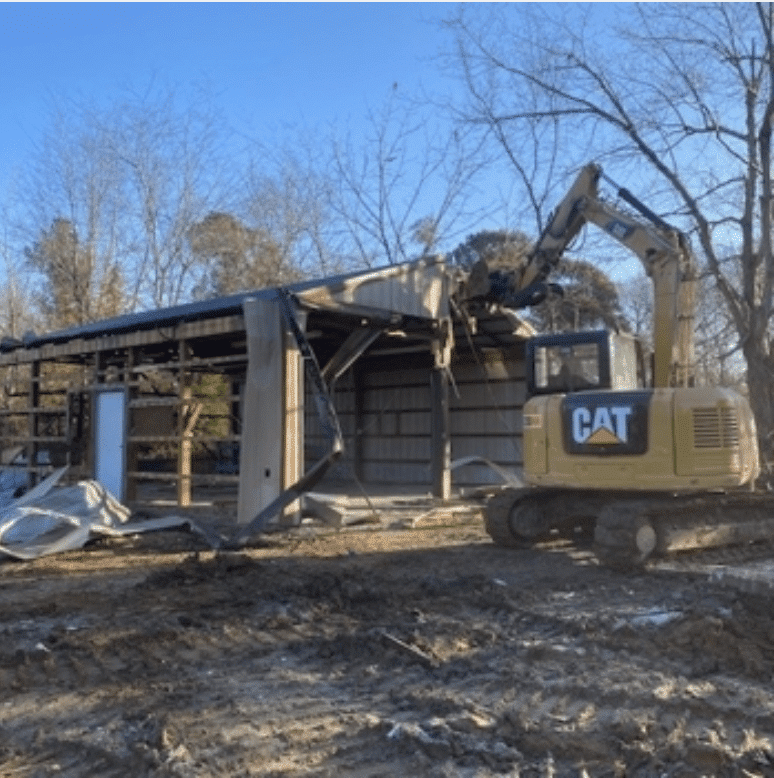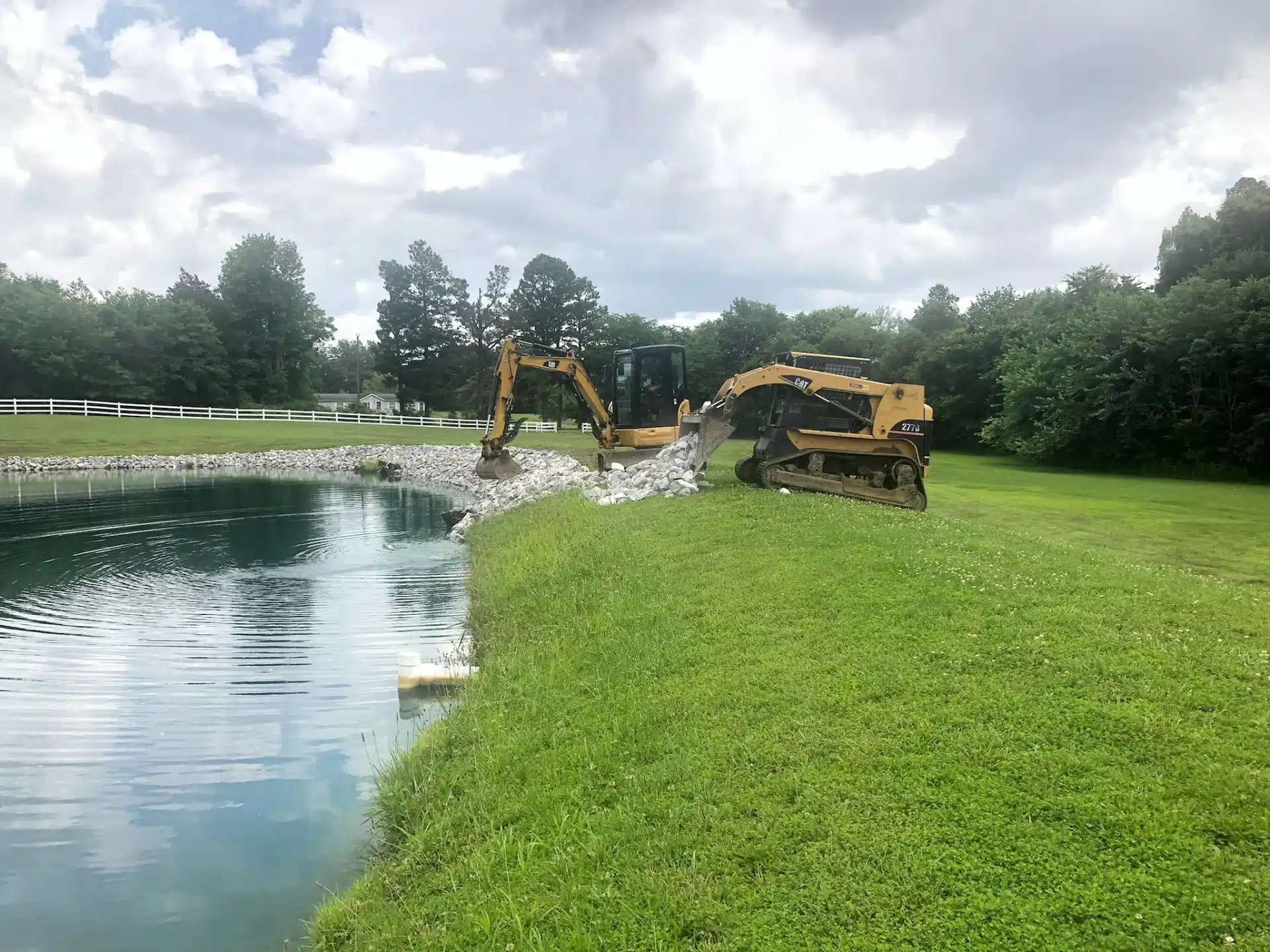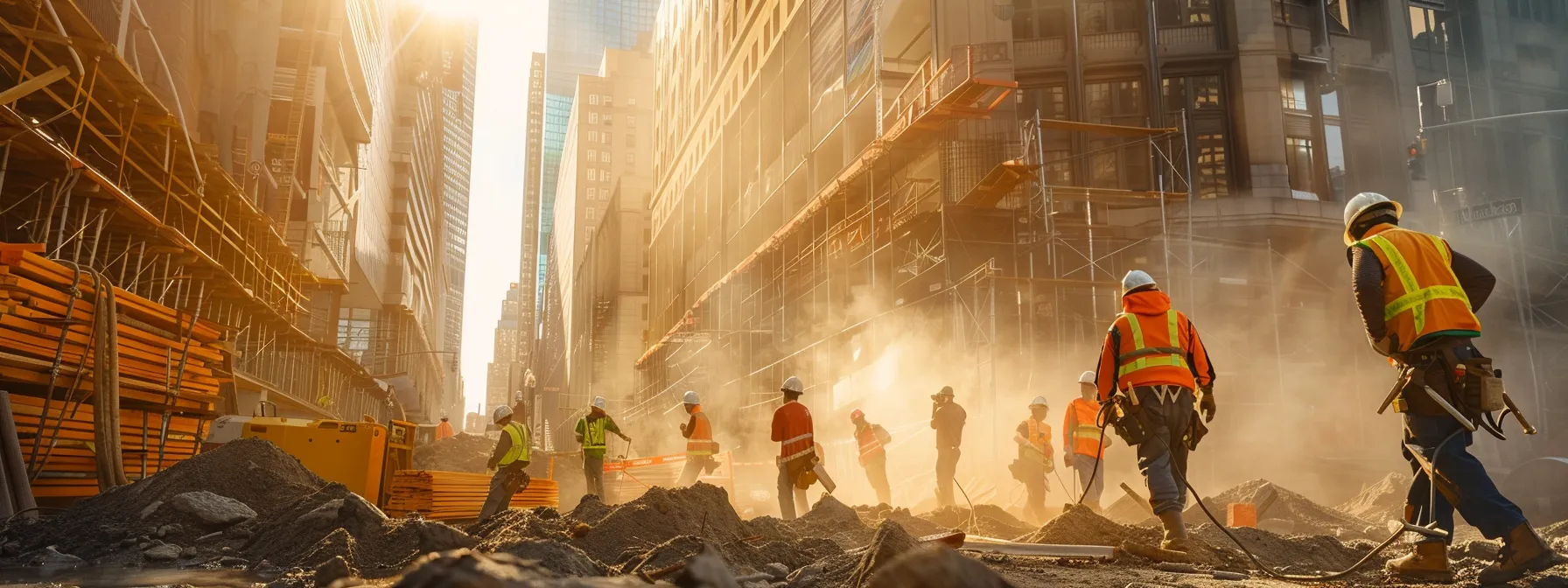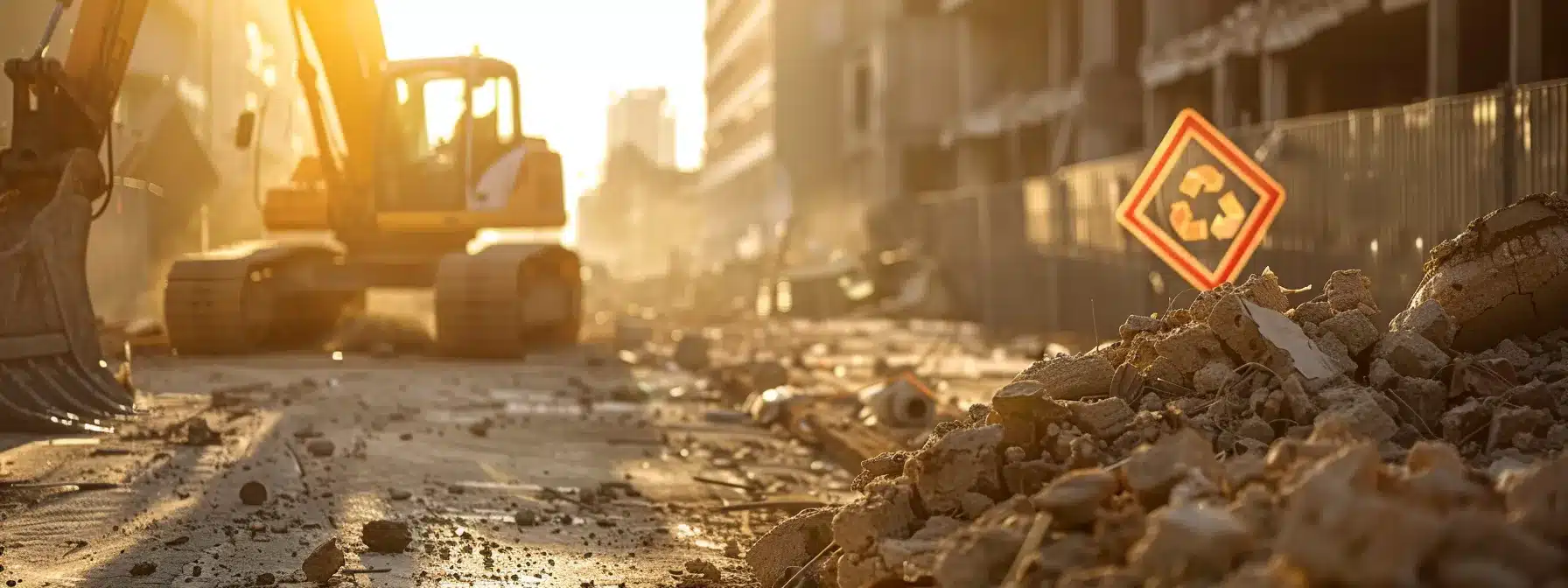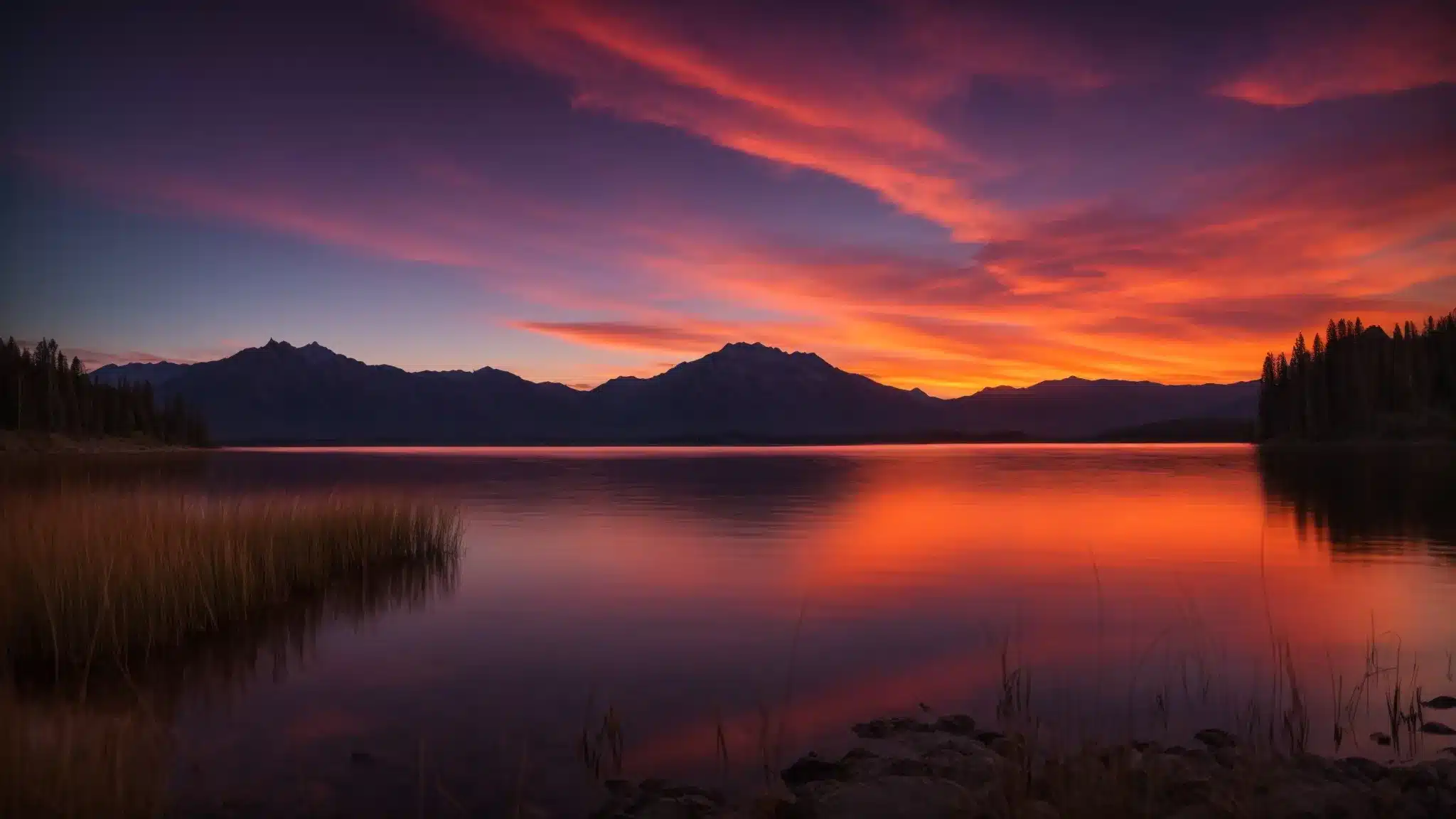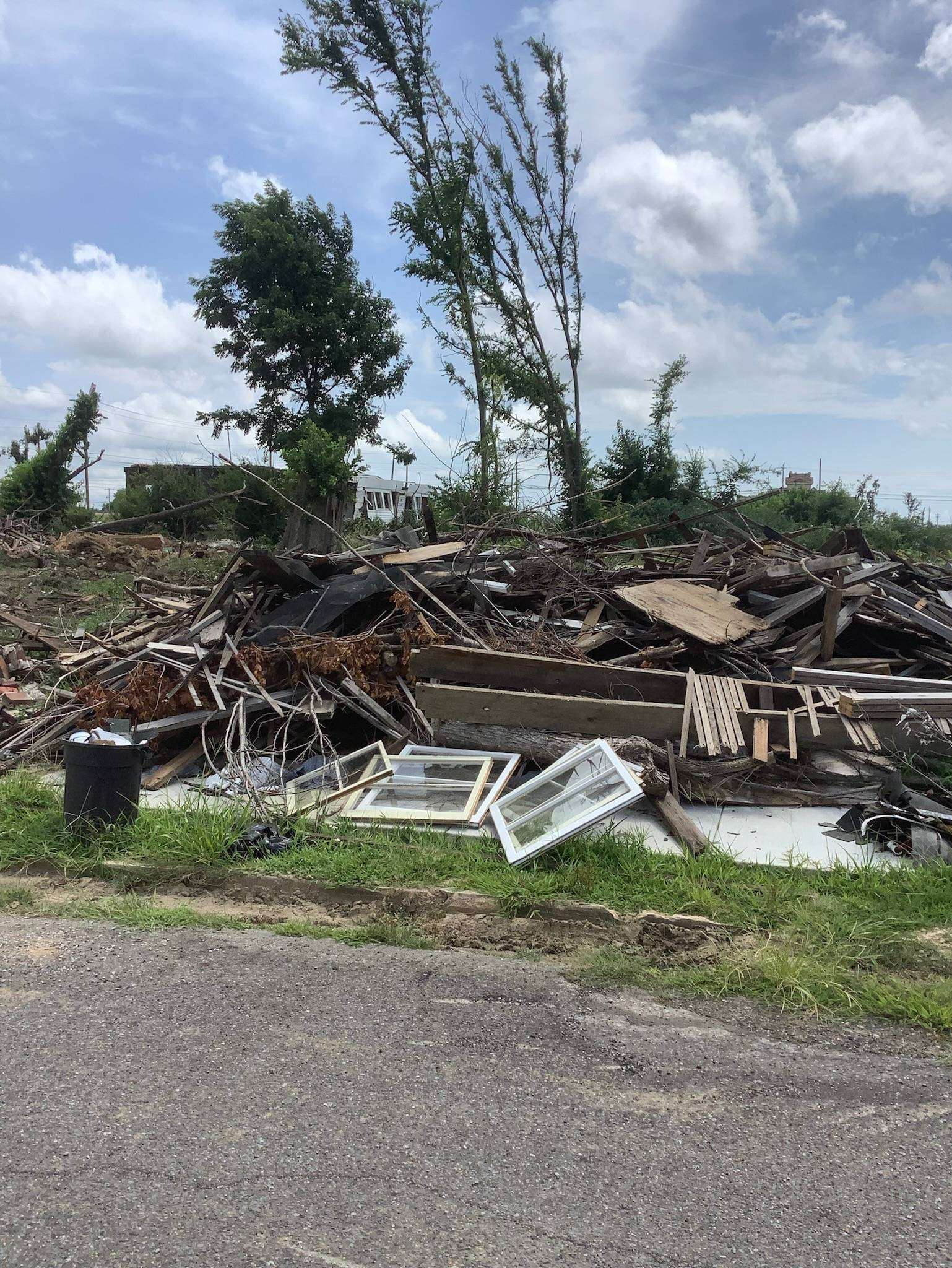Erosion is a natural process that occurs when water, wind, or gravity wears down one material and transports it, potentially as far away as another area. However, erosion control isn’t always nature’s doing, as sometimes we speed up the process with our activities. Supreme Enterprises LLC can help ensure the erosion control is appropriately resolved.
Hiring an erosion control contractor should be a cinch. It’s simple: dig some trenches and ditches, install some straw wattles, netting, and rock armor, and you’re done. While this installation style is pretty straightforward, the devil is in the details. An erosion control project may not be as cut and dry as you think. Let’s review some reasons you may be best starting with a professional contractor immediately.
You’re Not Sure How to Approach Your Project
One good way to know when to seek professional help is if you’re unsure how to approach the project at hand. For instance, if you’re not sure whether you need a retaining wall or a French drain due to erosion concerns, that’s something you’ll want to ask an expert about.
Likewise, consulting with a professional landscaper is highly recommended if you have no idea what kind of plants will work well in your area or which ones will help prevent erosion and stabilize the soil on your property.
Even seemingly minor issues can become big problems over time. Your expert will help you evaluate the situation and determine whether your problem is a DIY job or if special tools and training are needed.
You’re Working With a Steep Slope
Steep slopes can be particularly challenging when it comes to erosion control. For one thing, they are often more prone to experiencing erosion than gentle slopes, and they also present additional difficulties when it comes to implementing erosion control measures. If your slope is too steep for you to work on it safely, it’s best to call in a professional.
Steep slopes pose two problems: working safely and controlling the water runoff. With erosion control efforts, all side slopes must be adequately stabilized so that materials don’t slide down into other areas of the property or onto your neighbor’s property. Using natural products like mulch can cause a landslide if the slope isn’t prepared carefully first.
Likewise, even if you’re successful in controlling erosion on steep slopes, you may still have issues with water runoff at the bottom of the slope that could cause damage to other areas of your yard or property.
A professional will use techniques such as terracing and installing retaining walls to ensure that erosion concerns are resolved.
You Have Multiple Erosion Problems On Your Property
If you have more than one area where erosion is a problem — say, a steep slope where the earth is washing away and another area where water is pooling and causing the soil to wash away — then you’ll need some help. That’s because it’s challenging to work on both areas simultaneously, and if you try to fix one without fixing the other, you could be setting yourself up for further problems (like water pooling on the slope). Calling in an expert who can look at both areas at once will help ensure that the entire problem is solved rather than just part of it.
Call In The Professionals
Complicated laws for preventing erosion and sedimentation can be tricky to navigate. Solutions that don’t meet high standards can mean fines and more hassle in the future.
Without a qualified professional, you might have to go through the complicated process of figuring it out on your own.
Are you looking for a qualified professional who knows how to comply with local, state, and federal regulations? With over 14 years of experience, our professionals at Supreme Enterprises have been protecting properties from erosion and sedimentation. We offer cost-effective solutions for all property types. Call us at 270-201-5098 today!

